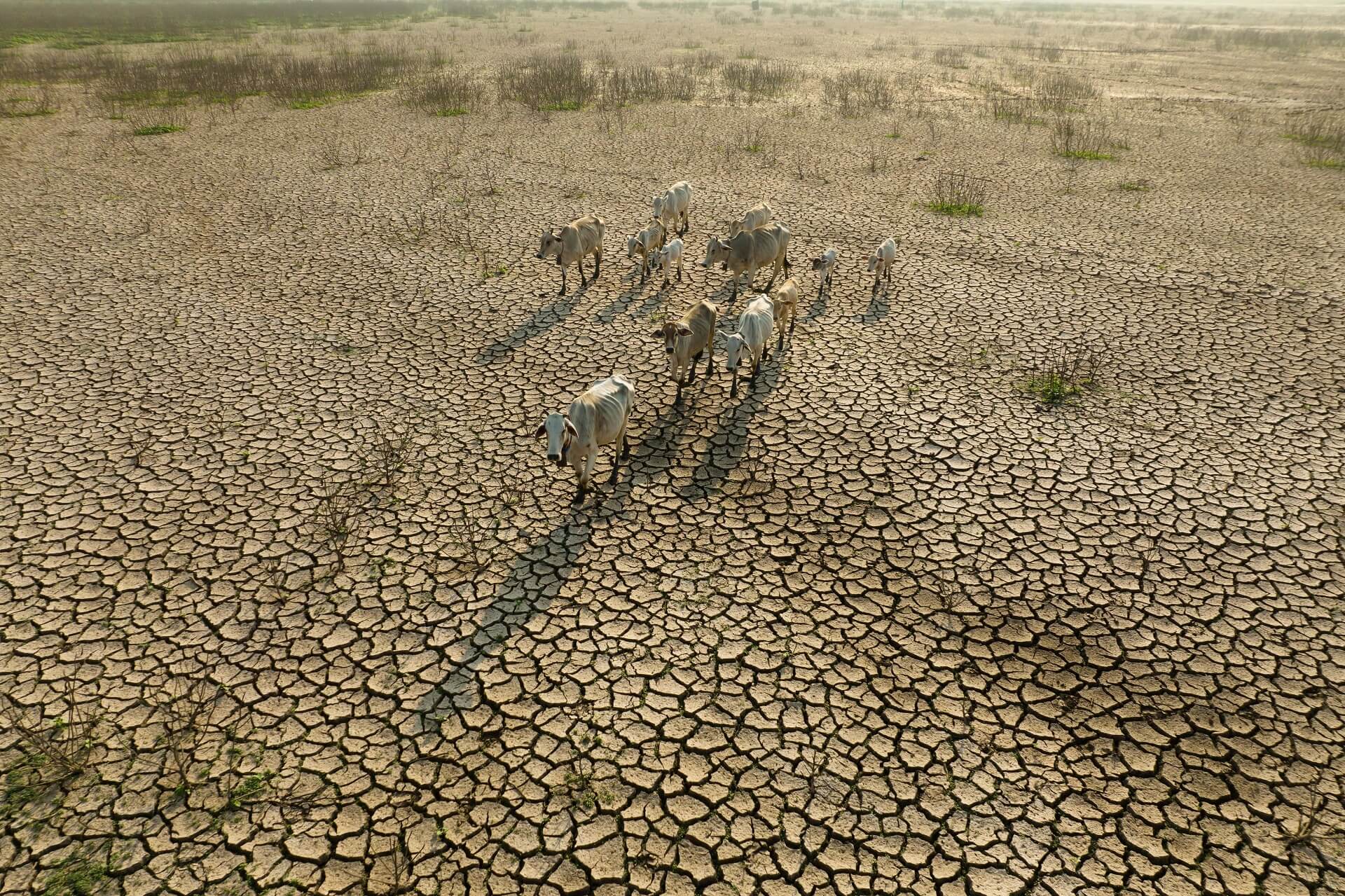
METHANE IS FUELLING THE CLIMATE CRISIS
Cutting carbon dioxide emissions is critical if we are to limit global warming to 1.5°C and avoid ever more dangerous climate change.
But it is not enough. We also need deep, rapid and sustained reductions in other greenhouse gases, especially methane.
Methane from human activities has given rise to an additional 0.5°C of global warming. Concentrations of methane in the atmosphere are currently around 2.5 times greater than pre-industrial levels and rising, and agriculture is the largest contributor.
Methane is also the primary source of ground-level ozone, a harmful gas that negatively affects crop yields and fuels air pollution, causing around 1 million premature deaths globally each year.
Methane is a short-lived but potent greenhouse gas. It stays in our atmosphere for around 12 years – compared to hundreds of years for carbon dioxide – but has roughly 80 times the heating effect of carbon dioxide over a 20 year period and 27 times more over a 100 year period.
This means reducing methane emissions is one of the fastest ways to slow the pace of global warming.
The UN Global Methane Assessment shows that we can reduce global methane emissions by at least 45% this decade. This would avoid nearly 0.3°C of global warming by 2045, if combined with measures to reach net-zero carbon dioxide emissions by the early 2050’s.

WE HAVE TO REDUCE LIVESTOCK METHANE
We can’t deliver the methane reductions that are needed unless we reduce livestock emissions.
Agriculture accounts for 40% of methane emissions from human activity – more than fossil fuels (35%) and waste (20%).
Livestock is the main source of agricultural methane (80%) and the single largest source of methane from human activity, accounting for roughly one-third of all emissions (32%).
Most livestock methane comes from enteric fermentation – the digestive processes of ruminants such as cows, sheep and goats – with the majority coming from cattle. Animal manure accounts for 10% of livestock methane.
Under current policies, emissions from agriculture are expected to increase by between 5 – 16% by 2030 compared to 2020 levels. This is almost entirely due to livestock, as meat and dairy production increases in response to population growth, increasing incomes and changing diets.
